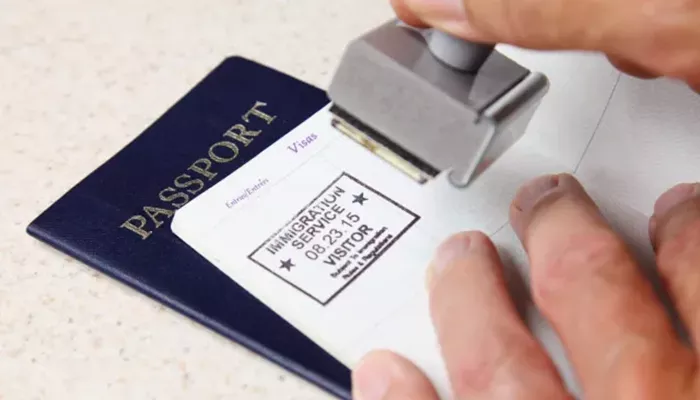In a recent video message, Canadian Prime Minister Justin Trudeau outlined his government’s new plan to reduce immigration by approximately 20%. Speaking directly to the camera from a leather armchair, Trudeau presented the changes in both English and French. The move is seen as a response to growing criticism of his immigration policies, falling public support for his leadership, and the upcoming federal election, in which the Liberals are expected to lose ground.
Shifting Public Opinion on Immigration
Canada has traditionally had a positive stance on immigration, but public opinion has shifted in recent years. While the economy, housing, and healthcare remain Canadians’ top concerns, there has been an increasing perception that immigration levels are too high. The reasons for this shift remain unclear, but similar trends in Europe and the United States suggest that rising immigration can have significant social consequences.
Addressing the Issue of Temporary Residents
One of the key points Trudeau addressed was the role of temporary residents in Canada’s population growth. In 2022 and 2023, Canada saw its highest population growth rates since 1957, largely driven by temporary residents like migrant workers and international students.
Trudeau claimed that “most return home” and are not part of Canada’s long-term immigration plans. However, this overlooks the fact that successive governments, both Liberal and Conservative, have increasingly relied on a “two-step immigration” system. This system brings in temporary workers and students, with many ultimately transitioning to permanent residency. In fact, by 2021, 78% of permanent residents selected through economic immigration streams were two-step immigrants.
Trudeau’s government has actively encouraged international students and workers to stay in Canada. The official government message to international students, even today, emphasizes their potential to make Canada their permanent home.
The Blame on Higher Education
Another controversial aspect of Trudeau’s message was his criticism of Canadian colleges and universities for relying on international students to boost their revenue by charging higher tuition fees. While it is true that many institutions benefit financially from international students, this issue is more complex. The growth in international student numbers has been concentrated in a small number of universities, and it is part of a larger trend of declining public funding for higher education since the 1970s.
Trudeau did not mention Canada’s federal strategies to promote international education, which highlight the economic contributions of international students. Rather than blaming universities, there is a need for increased public funding and support for the sector, which faces growing challenges.
Overlooking the Deportation Dilemma
Trudeau also addressed the issue of asylum seekers, suggesting that some temporary residents may attempt to use Canada’s asylum system as a “shortcut” to stay in the country. He stated that individuals whose asylum claims are rejected would be sent home. However, this oversimplifies the situation. Many temporary residents, who were encouraged to come to Canada with promises of opportunities, now face limited options to remain legally. Some may turn to asylum as a last resort to stay in the country.
While Trudeau had previously expressed support for regularizing the status of undocumented migrants, the government has since stated that it has no plans to pursue this, citing a lack of public support.
The Limits of Simplicity
Trudeau’s video message aimed to simplify the immigration issue, but in doing so, it glosses over the complexity of the policies involved. Canada’s immigration system, including the two-step process, has long been a pathway to permanent residence. The challenges faced by public universities and the realities of asylum claims are not easily reduced to simple solutions.
The impact of these policies is profound, affecting millions of individuals. Trudeau’s immigration plan may not be in place for long. Conservative leader Pierre Poilievre has hinted at linking population growth to the availability of jobs, housing, and healthcare, although details remain vague.
For now, Trudeau’s main objective appears to be preventing further fractures in public opinion on immigration while preserving his political legacy. However, his attempt to deflect blame raises important questions. In criticizing those who exploit vulnerable immigrants, is he referring to his own government’s actions?
Related topics:
- Immigrant Workforce in Construction Reaches Record High
- Maryland’s U Visa Act Supports Immigrant Victims of Violent Crimes
- Economy Experts Warn Deporting Immigrant Workers Could Damage the Economy


